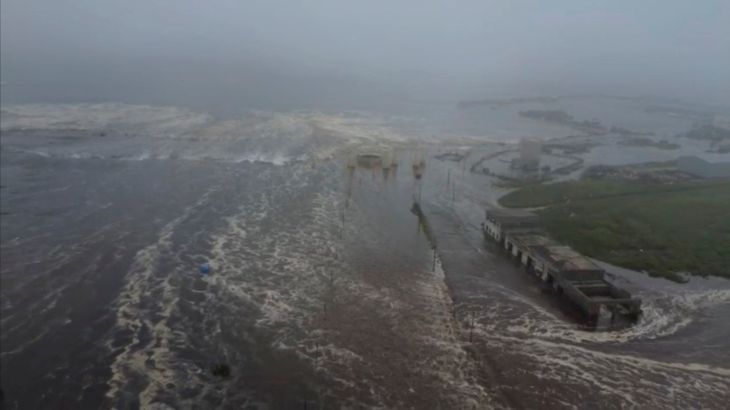On July 30, 2025, a colossal magnitude 8.8 earthquake struck off the eastern coast of Russia’s Kamchatka Peninsula, marking one of the most powerful seismic events recorded globally in decades. The quake, which occurred at 11:24 a.m. local time at a depth of around 20 km and approximately 119 km from the city of Petropavlovsk-Kamchatsky, sent powerful tsunami waves radiating across the Pacific, affecting Russia, Japan, Hawaii, California, and prompting alerts as far as Chile and New Zealand.
The Earthquake’s Impact
The quake’s magnitude—making it at least the sixth strongest ever officially recorded—caused moderate to severe damage locally and triggered scenes of panic as buildings rattled and power supply, as well as mobile networks, were disrupted in Kamchatka Krai and the wider Sakhalin Oblast. At least one kindergarten and several houses suffered significant damage, and injuries were reported, though early assessments revealed no confirmed fatalities. Russian authorities ordered the evacuation of coastal settlements, particularly in areas such as Severo-Kurilsk, where tsunami waves measuring between 3–4 meters (10–13 feet) inundated the port and low-lying neighborhoods.
Tsunami Across the Pacific
The earthquake generated a major tsunami, with initial waves quickly striking the Russian coast before traveling across the Pacific basin. Japan’s Meteorological Agency issued tsunami warnings for much of the eastern Pacific coastline, from Hokkaido in the north down through Wakayama Prefecture. Although the largest tsunami in Japan—about 1.3 meters (4 ft)—arrived with minimal advance notice, most regions reported only minor property damage and localized flooding. Tragically, one death was reported in Japan, underscoring the ever-present risks from even relatively moderate tsunami heights.
In Hawaii, authorities activated wide-scale emergency responses. Ports were closed, flights—especially into Maui—were grounded, and shelters quickly filled as residents heeded official calls to move inland or to higher floors in buildings. The Pacific Tsunami Warning Center forecasted the arrival of waves at around 7:17 p.m. local time. Actual tsunami heights measured up to 4.9 ft in Hilo and 4 ft in Kahului, prompting shoreline flooding in low-lying districts. Fortunately, after several hours of heightened alert and wave surges, the warning for Hawaii was downgraded to an advisory as officials determined the threat of more destructive waves had passed.
Alaska’s Aleutian Islands and parts of the U.S. West Coast also experienced tsunami conditions, with recorded wave heights under 30 cm (1 ft) in Alaska and up to 1.8 m (6 ft) near California. Warnings led to evacuations and beach closures in several coastal American communities, though the final impact was limited largely to minor flooding and strong currents.
Emergency Response and Ongoing Risks
Emergency services in Kamchatka and elsewhere mobilized rapidly, providing evacuation transport, setting up shelters, and responding to structural damage reports. The Russian government lifted the tsunami threat once it was determined that the biggest waves had passed, but officials urged caution, warning that aftershocks—some already measured at up to magnitude 6.9—could continue for days and potentially trigger landslides or secondary tsunamis. Japan’s disaster management agencies kept thousands in shelters and maintained heightened readiness, reflecting hard lessons learned from the 2011 Tōhoku disaster.
Global Significance and Geological Context
This Kamchatka earthquake stands out not just for its magnitude but also for its broad impact and the wide area of alert, spanning much of the Pacific Rim. Seismologists note that the event took place along the Aleutian Trench—an infamous hotspot for megathrust quakes—where tectonic plates continually accumulate strain. Its location parallels historic seismic disasters such as the 2011 Tōhoku earthquake in Japan and the 1952 Severo-Kurilsk quake, both of which generated devastating tsunamis.
Looking Ahead
As emergency and recovery operations unfold, communities remain vigilant in the face of ongoing aftershocks and any structural hazards. While the full scope of destruction and recovery needs in Russia’s Far East will become clearer over the coming days, this disaster underscores the necessity of robust tsunami warning systems and international cooperation in disaster response. For now, no major tsunami threat remains for Hawaii or Japan, though both regions continue to monitor coastal conditions closely, keeping citizens on alert while life cautiously returns to normal along the battered Pacific shores.

